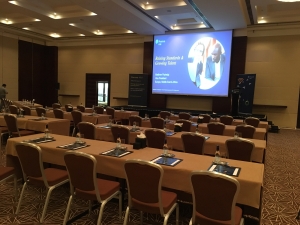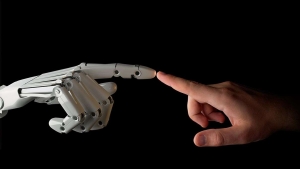 I spent a great week in the Middle East last week where we hosted a skills workshop for clients and guests – with the topics productivity, talent and technology high on the agenda.
I spent a great week in the Middle East last week where we hosted a skills workshop for clients and guests – with the topics productivity, talent and technology high on the agenda.
As always, following the media and talking to locals I picked up some interesting stories, no least from an article describing the ability to “zip through the airport in 10 seconds” on its way to the region. This is great news, especially as most people have a story to tell about crowds, delays and hours standing at baggage carousels scrolling through emails on their phone waiting for their bag. But is it really that good for us?
I welcome technology making our lives easier, speeding up processes and helping avoid queues, everything faster and shorter, but does it genuinely save us time or encourage us to try and fit more in. We seem to have fallen into the habit of squeezing more into less time, allowing ourselves no time to think and more items to have to juggle and worry about.
Should we be cramming more activities into less time, or should we be doing less in order to think it through and do a better job of the task?
Does technology ultimately buy us more time, or just more pressure?




